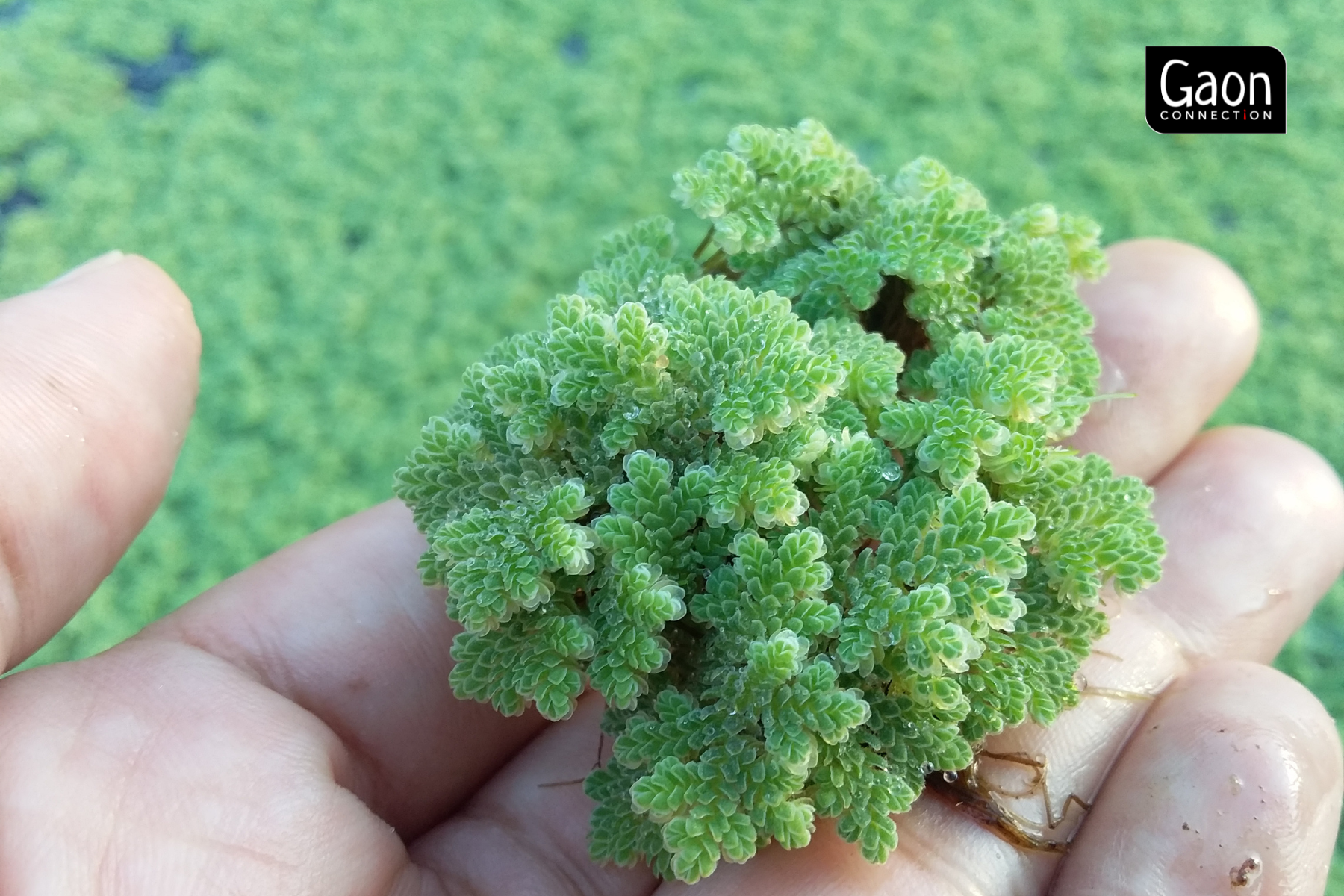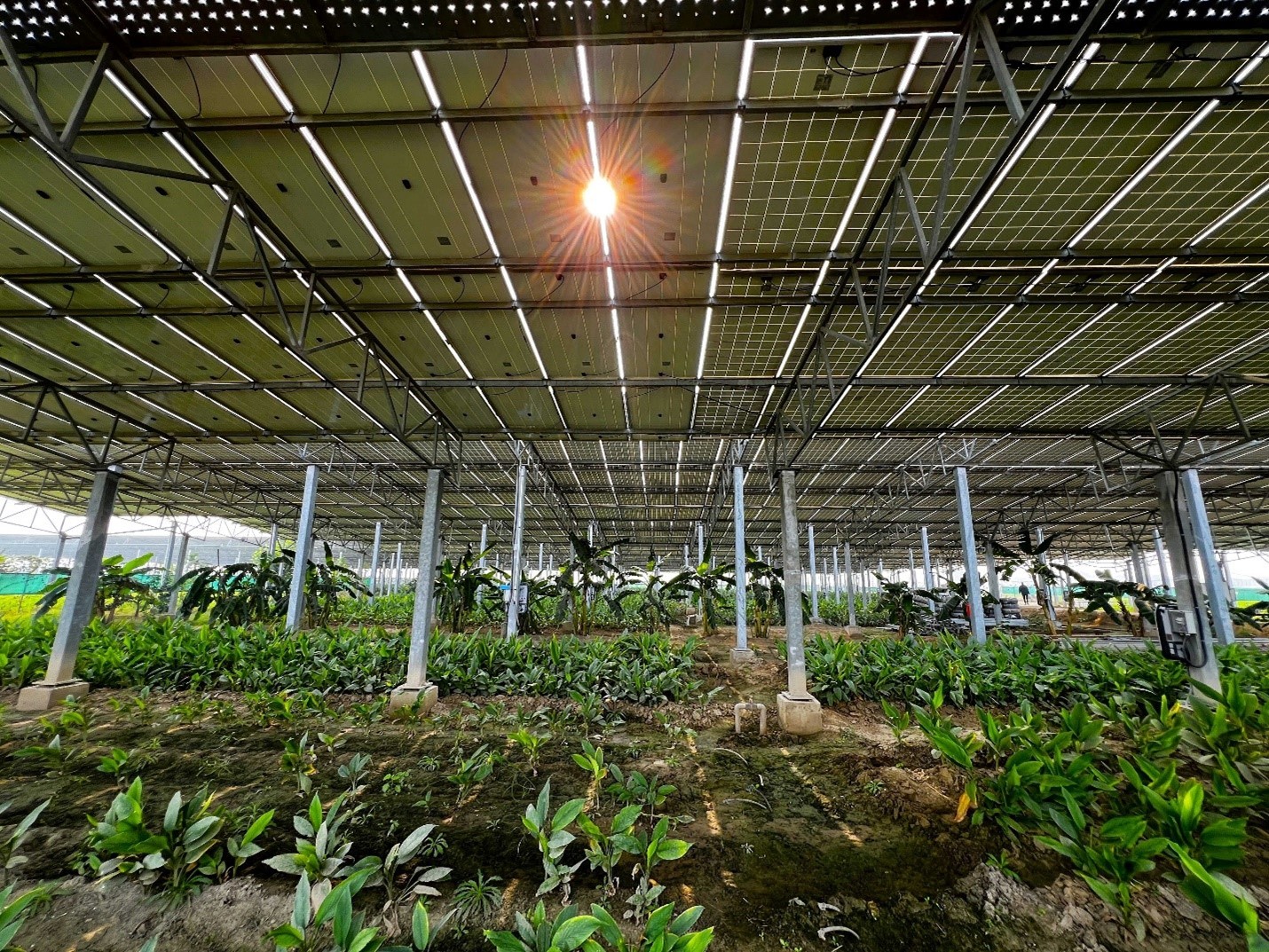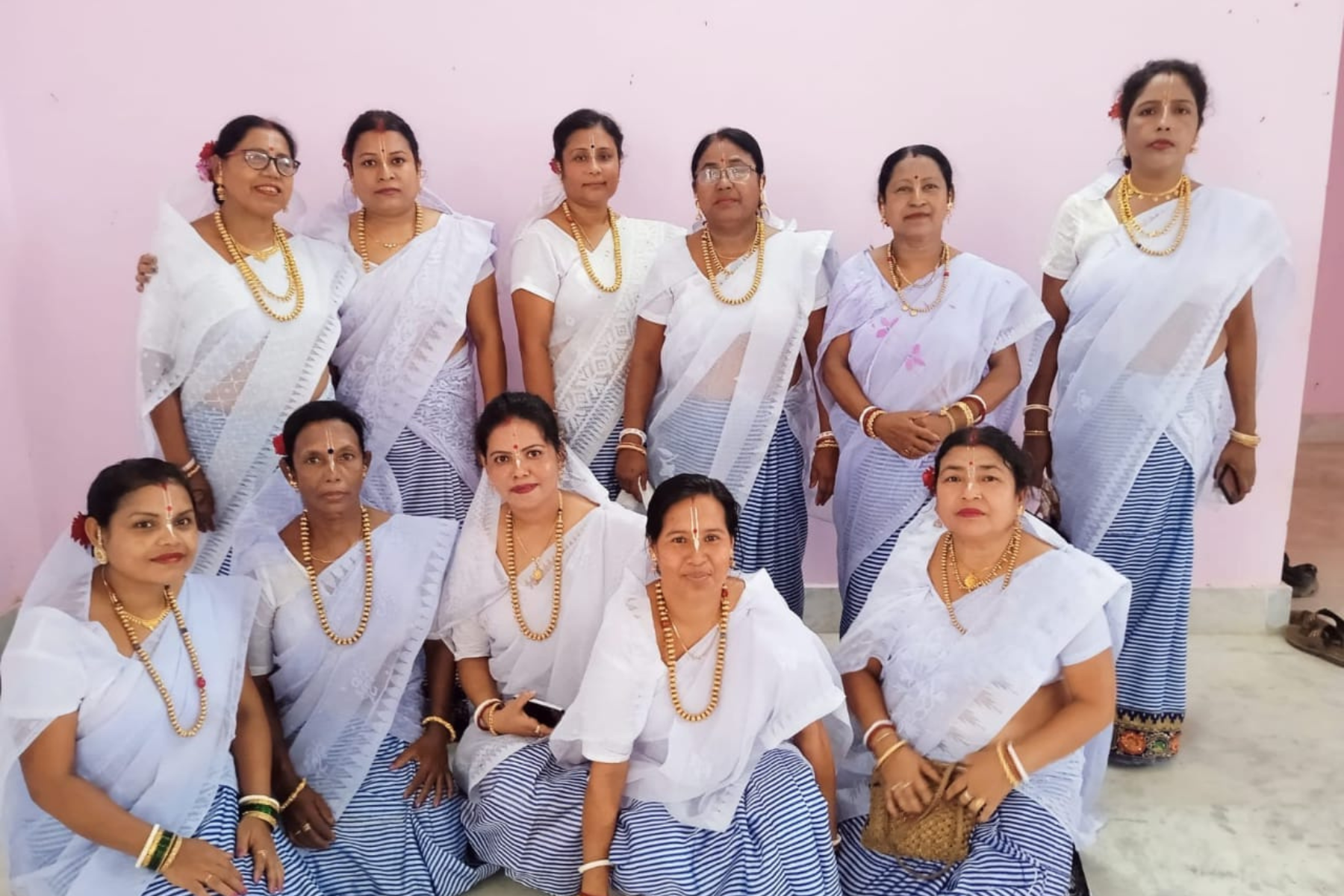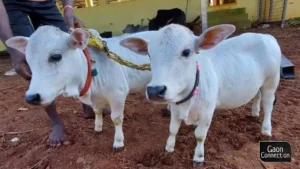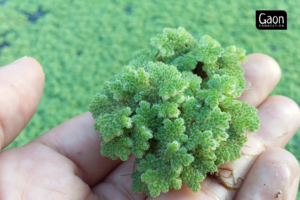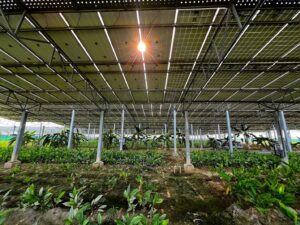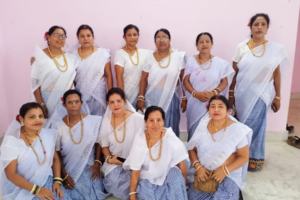Dehradun, Uttarakhand
Sauni, a tiny Himalayan village that lies between mid and upper Himalayas in Ranikhet, Almora district has been selected as the site for Uttarakhand’s first spice garden. This garden will showcase the unique spices of the region including jakhiya, Faran, dolu and chippi, etc. According to the Uttarakhand government, the climatic conditions at Sauni village are conducive to growing spices traditionally found in the wilds of the middle and western Himalayas.
“These spices are slowly gaining popularity and are in great demand. But many of them grow in the wild and are not cultivated for commercial trade,” Sanjiv Chaturvedi, chief conservator of forest (research), Haldwani, told Gaon Connection. The local inhabitants in the area harvest these spices from the wild for their own use.
“The primary objective of setting up a spice garden is to conserve the spices and at the same time showcase the Himalayan spices, to the world,” informed Chaturvedi. “Also, these spices are not well-marketed outside Uttarakhand, in a way that the state of Kerala does. So, we decided to create an exclusive park for Himalayan spices in Sauni,” he added.
The spice-garden project was approved in June 2020 and it is funded by the Japan International Cooperation Agency (JICA) that assists economic and social growth in developing countries.

The estimated cost of developing the one hectare garden is 35 lakh rupees of which 16 lakh is already released. The first phase of the garden should be completed by August this year, said Chaturvedi. In fact, a biodiversity research on the flora of the region, undertaken by the state, revealed how there were many spices that were used by the local inhabitants, but that were not well known outside the region. That gave rise to the idea of creating the spice garden.
If the growth and quality of the planted species are found satisfactory, the garden will see an expansion. This project may boost spice tourism and can help generate revenue from ticketed tourism, spice tours and sale of spices like other spice gardens in the country,” said Chaturvedi adding that was one of the reasons that Sauni was chosen as it is close to places of tourist interest such as Almora, Ramnagar and Ranikhet.
According to Chaturvedi, 25 species of spices found in the middle and the Western Himalayas will be planted in the garden. All going well, in the next phase, species from the Eastern Himalayas will also be included. Some of them include jakhiya popularly known as dog mustard or wild mustard that is used for tempering dal, green leafy vegetables and tubers. One of the beloved dishes of this region, called aloo ke gutke gets its nutty flavour from the jakhiya.
Choru is a pungent spice much like the hing or asafoetida, that is dried, ground and used as flavouring to lentils. Faran, dolu and chippi are some of the other spices that the cuisine in this region uses commonly.


